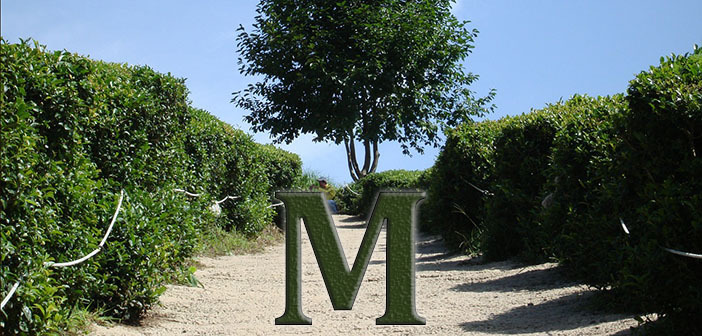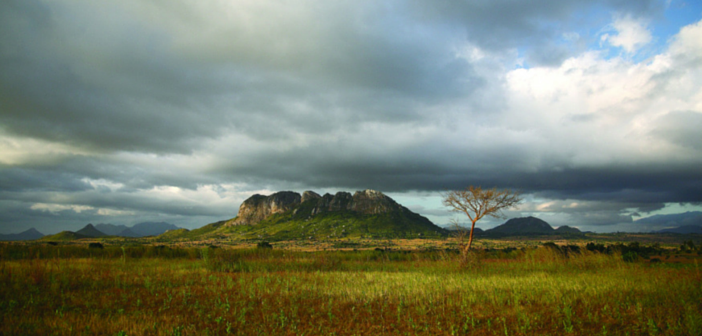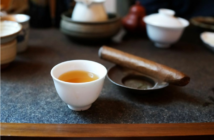Tea terminology can be mind-bogglingly complex. Which is why we’re bringing you Tea A-Z, a guide to deciphering both common and completely bewildering concepts from the world of tea. Let’s dive in!
Malawi
This small landlocked country in Africa has been growing tea since 1891, when Scottish planter, Henry Brown established the first tea garden. Today, the tea industry employs over 50,000 individuals in the peak season, with females making up over 51% of the workforce. The majority of the tea produced is CTC, sold both in bulk and for blending. However; orthodox tea is slowly expanding, with a focus on white and green tea.
Malty
Typically used to describe tea from the Assam region. The tea has a bolder flavor, resembling malt.
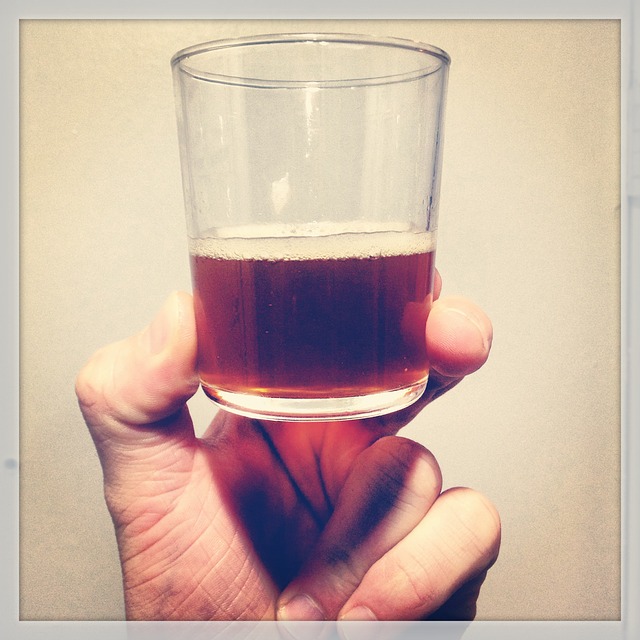
Matcha
Grown in Japan, this shade grown plant has recently achieved global recognition. Several weeks before harvest, the plants are covered to reduce the amount of sunlight and increase the chlorophyll production. This process is what gives matcha its bright green hue. After harvesting, the leaves are steamed and air dried and then ground into a fine powder. Traditionally a part of Japanese tea ceremonies, there is an art to both drinking and whisking the matcha beverage to a frothy perfection.
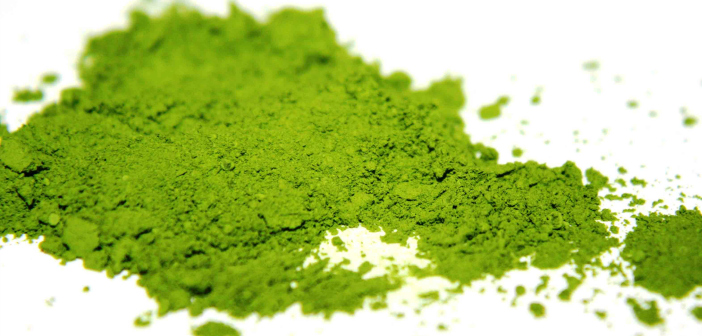
Metallic
Another descriptor of tea flavor, a poor tasting tea that leaves a metal feel/flavor in the month.

Moroccan Mint
Spearmint is steeped with green tea to create this traditional Moroccan beverage.
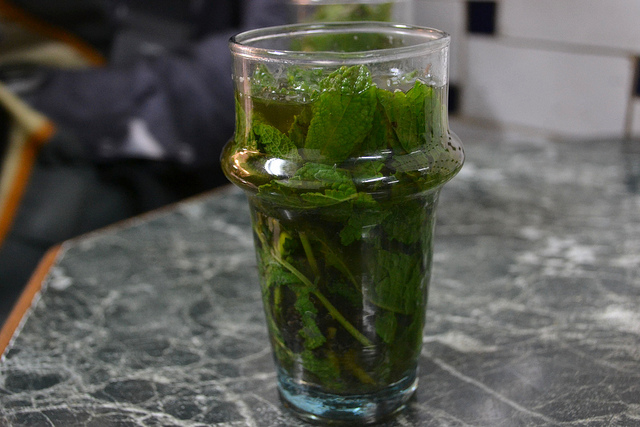
Monkey Picked
Tea grown in areas difficult to get to, and is claimed to have been picked by monkeys.

Muddy
Opaque, cloudy liquor, bad taste.

Muscatel
Used to describe the flavor of Darjeeling tea, an elusive flavor that has been described as both having sweet (grape, fruity tones) and grassy tones.
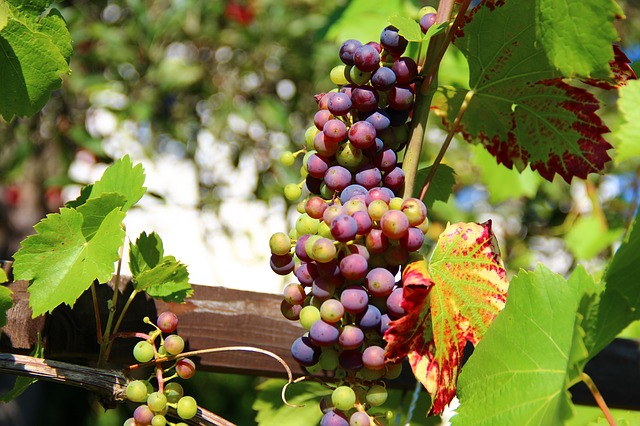
Sources:
Rare Tea
Teas of Malawi

